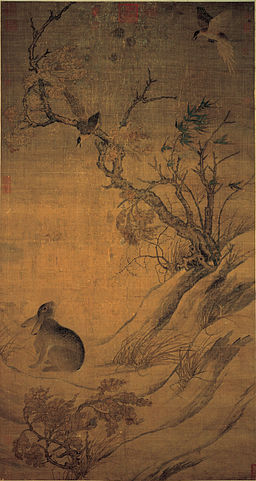 |
| Black-crowned Night Heron, Short-billed Dowitcher and Greater Yellowlegs. Woodcut by Ken Januski. |
I finally finished the woodcut of a Black-crowned Night Heron, Short-billed Dowitcher and Greater Yellowlegs. It is 4x6 inches, printed with Daniel Smith water soluble ink on Shin Torinoko paper. The edition started at 12, but has dwindled to between 6 and 9 due to sloppy mistakes on my part.
As I was finishing this and also looking at other prints and wildlife art I realized that where many artists devote their energy to a finish of detail(wildlife art) or technique(printmaking) my energy instead goes into more formal aspects, composition, color, tone, etc. I think I also have a greater concern for how birds actually behave physically, i.e. where their weight is distributed, how they move, etc. than many wildlife artists who instead devote a lot of time and energy to detail.
Part of what got me thinking about the sense of movement and weight of animals was my skimming of the relatively new book on Bob Kuhn Drawing on Instinct. He seems to actually feel the weight, balance and movement of the animals he portrays. This may be a bit easier with big animals like lions than with small ones like birds but I suspect he's just as successful with birds. One other artist who has at least one reproduction in the book is Karl Rungius. Again he is a master of understanding the weight, almost the presence of animals. Surprisingly a contemporary wildlife artist who I think also is very successful with this is Harriet Mead, currently President of the Society of Wildlife Artists. Her somewhat abstract found object metal sculptures of a variety of animals and birds always have a sense of connection with the living, moving subject, even though done with various bits of found metal objects. They are striking in their believability.
I'm of course not comparing myself to any of these. But I do think that I'd rather get at least some sense of the physical empathy they have for the subjects that they portray than waste my time on details. For many wildlife artists I'm sure this seems like sacrilege. But for me it's as necessary as air.
Along with the finished woodcut I wanted to show a photo of a Chinese painting that is nearly 1000 years old. It was painted by Cui Bai in 1061. It seems particularly fitting for Easter weekend:

It is amazing to see such strong wildlife art from almost 1000 years ago.
No comments:
Post a Comment